The architect leader knows that the ability to create a nourishing and challenging environment for people to grow in is more important than any technical skill she can possess.
Continuous Improvement – The leader of tomorrow will regularly challenge old beliefs and be passionate about learning and about applying that learning in the real world. She will often ask my favorite question “Who is doing something differently then I am and what can I learn from them?”
The New Leader is Authentic. How and who you are is just as important as what you know! Hold yourself to the highest standards – don’t talk the talk unless you are prepared to walk the walk. Don’t expect of others what you don’t expect from your self. Be real, tell the truth. The leaders that are the most revered are those that let the light of who they are shine through in all they do. They are honest, forthright and clear.
Coach/Facilitator – A leader needs to be a coach not a commander. He needs to hold space open for things to happen. It is said that when leaders do their job properly people believe they have done it themselves. Leaders are there to help people see things from a different perspective, to provide questions that encourage learning and to help turn work experiences into learning experiences.
Our new leader is a Visionary. It’s clearly documented that visionary leaders are successful at mobilizing human potential. A vision provides focus. It’s a tool for aligning energy. Clear vision and purpose provide people with a framework from which to make decisions, it organizes action and effort.
Learn more / En savoir plus / Mehr erfahren:
https://gustmees.wordpress.com/2016/02/18/the-new-possibilities-to-learn-and-teach-with-ict/
http://www.scoop.it/t/21st-century-learning-and-teaching/?tag=LeaderShip
Via Gust MEES



 Your new post is loading...
Your new post is loading...












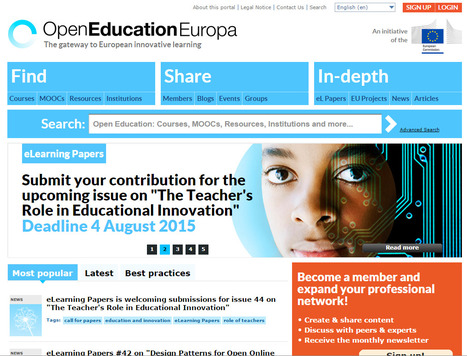

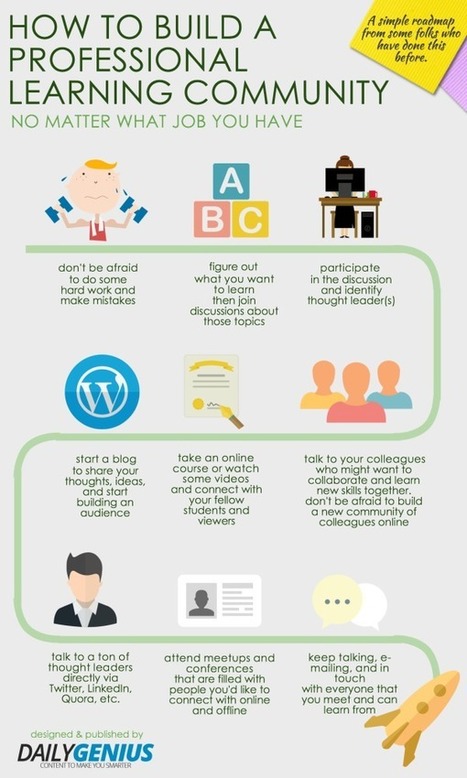

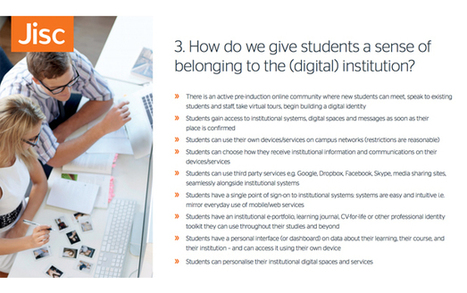





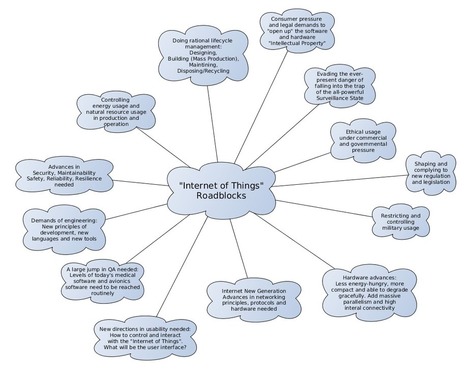

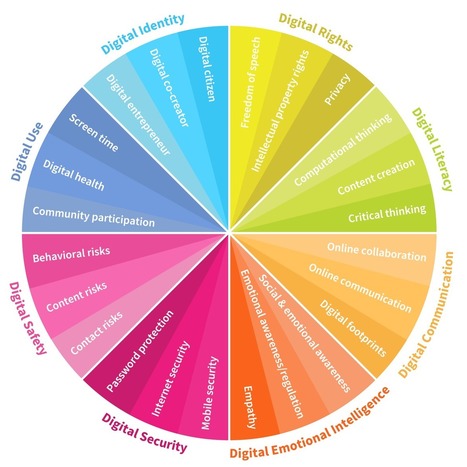





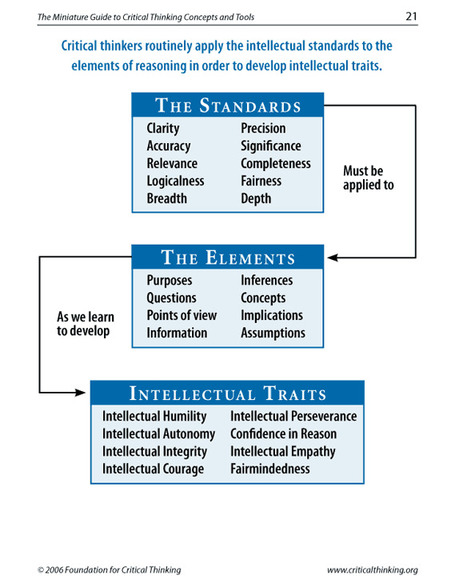




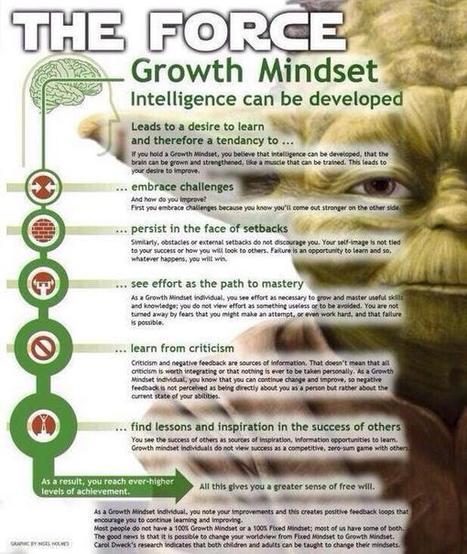




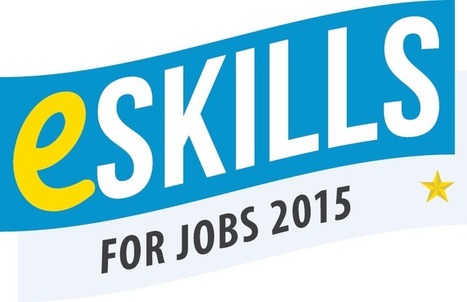

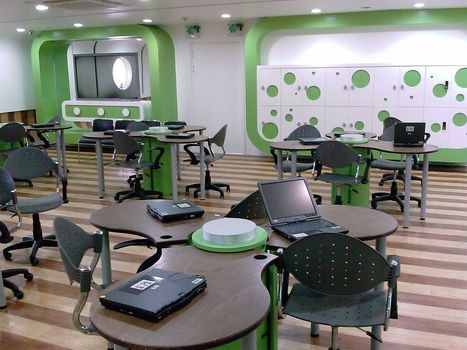
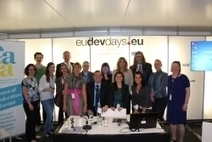

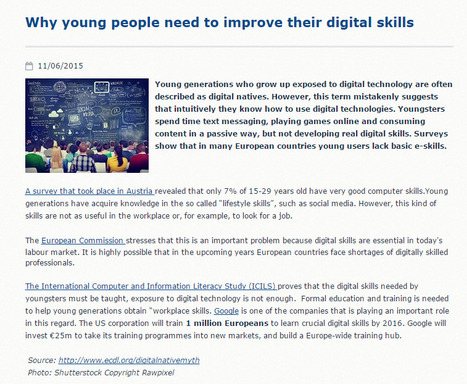
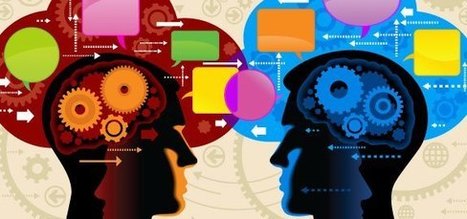





Learn more / En savoir plus / Mehr erfahren:
https://gustmees.wordpress.com/2016/07/03/reflections-on-a-professional-strategy-for-eskills-eleadership/
https://gustmees.wordpress.com/2016/05/19/a-holistic-view-of-what-will-influence-education-in-the-future/
https://gustmees.wordpress.com/2016/02/18/the-new-possibilities-to-learn-and-teach-with-ict/
https://gustmees.wordpress.com/2015/12/19/teaching-was-yesterday-today-is-coaching-the-learners-students-for-learning-to-learn/
https://gustmees.wordpress.com/2015/07/19/learning-path-for-professional-21st-century-learning-by-ict-practice/
http://www.scoop.it/t/21st-century-learning-and-teaching/?tag=LeaderShip